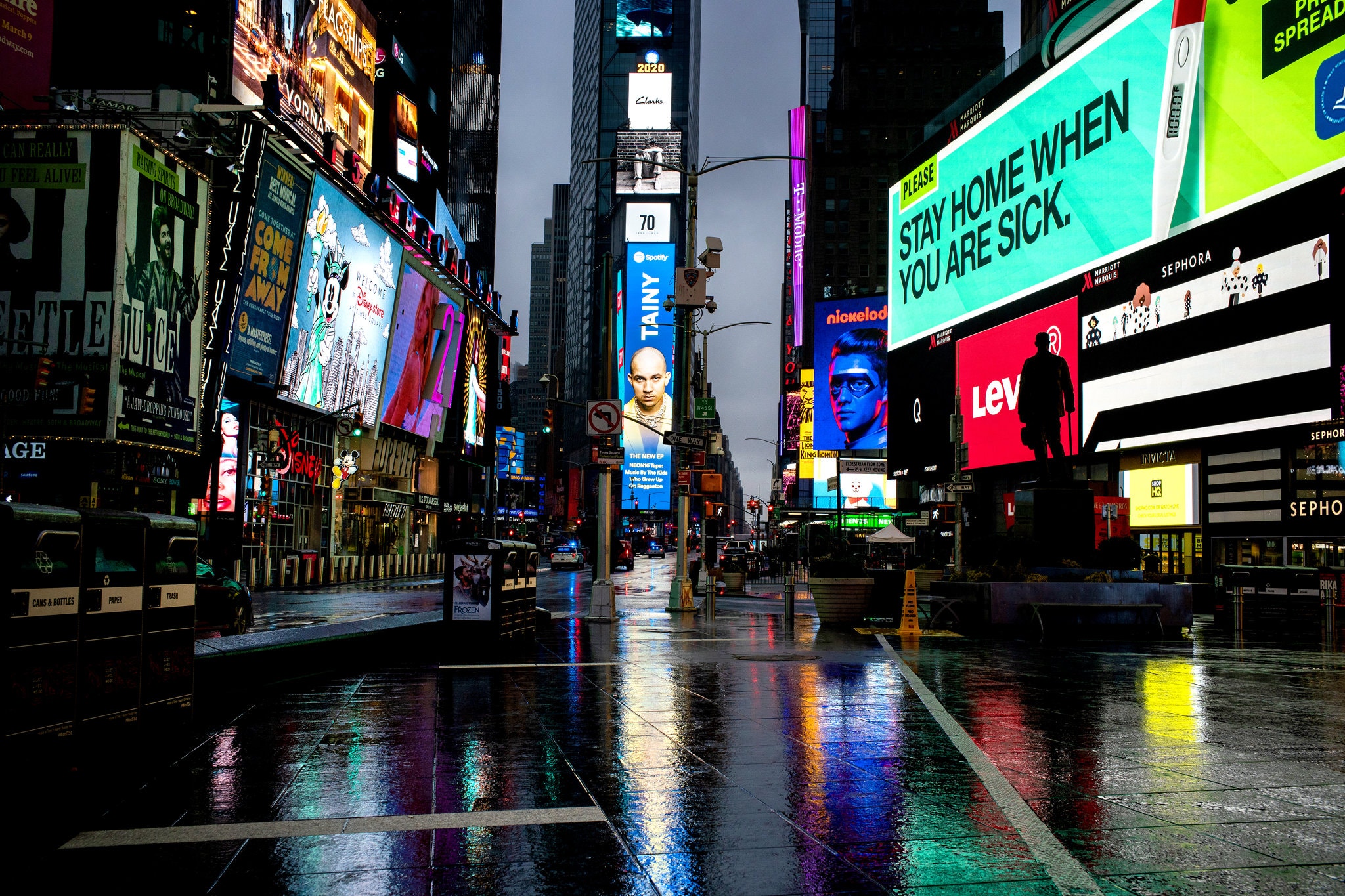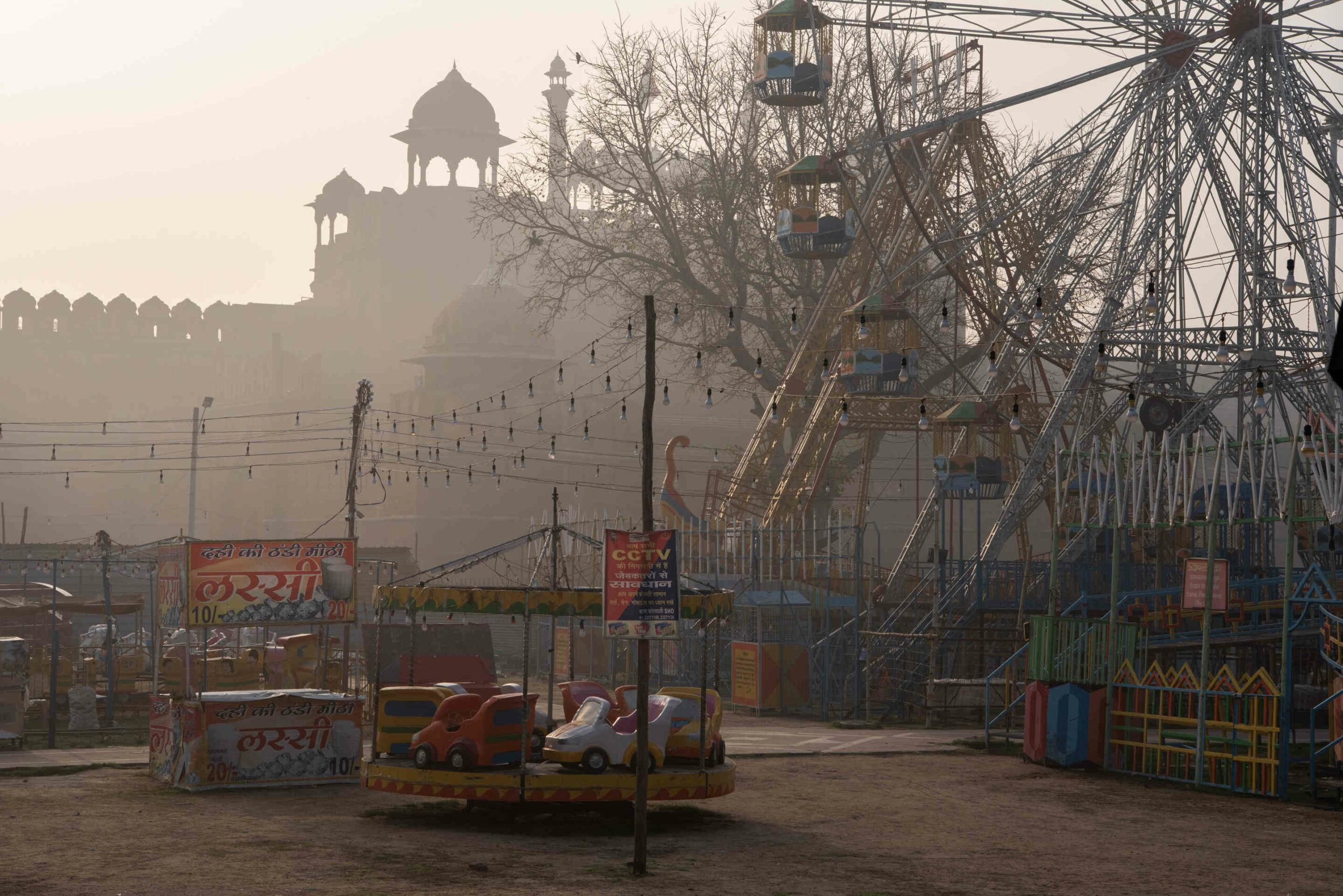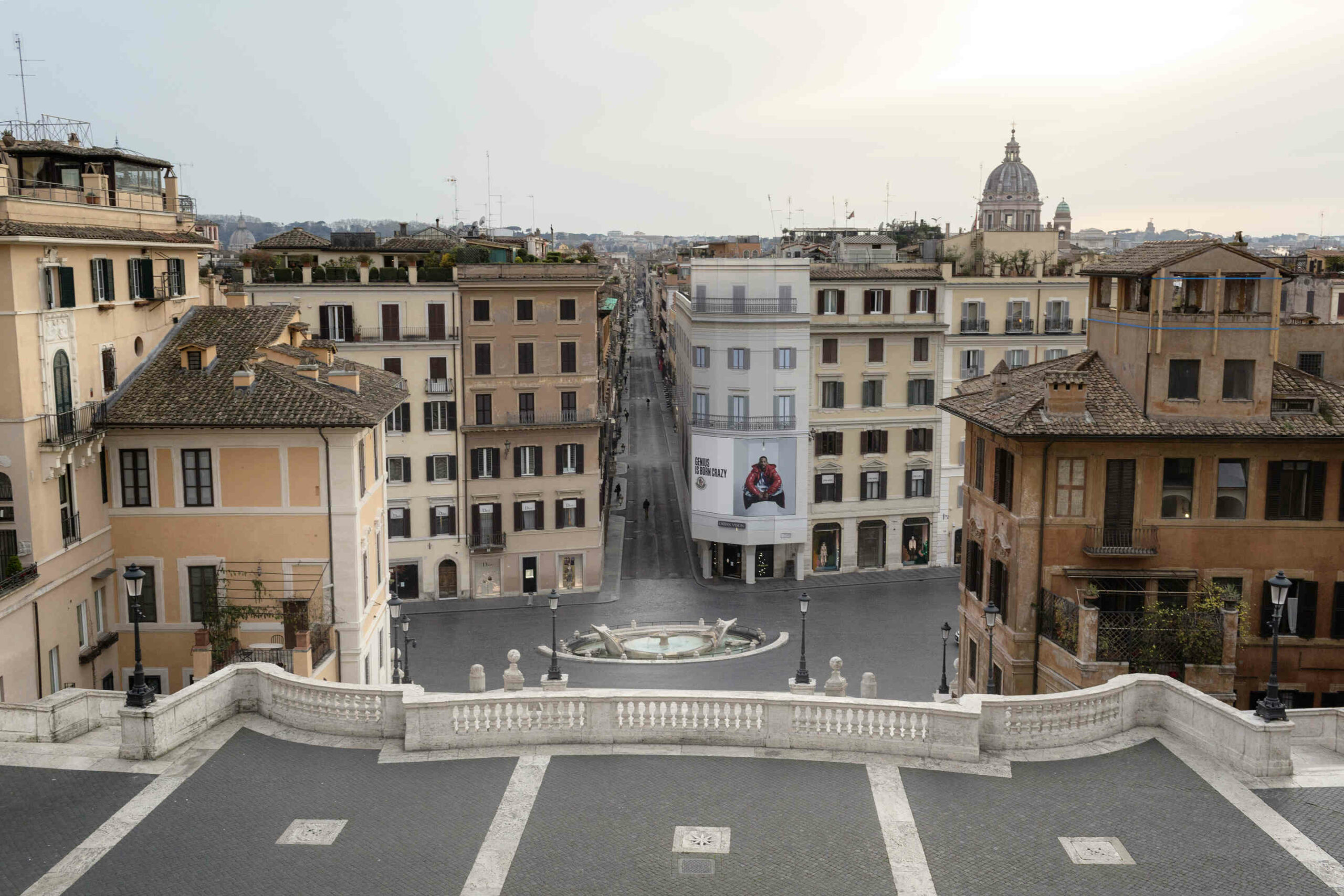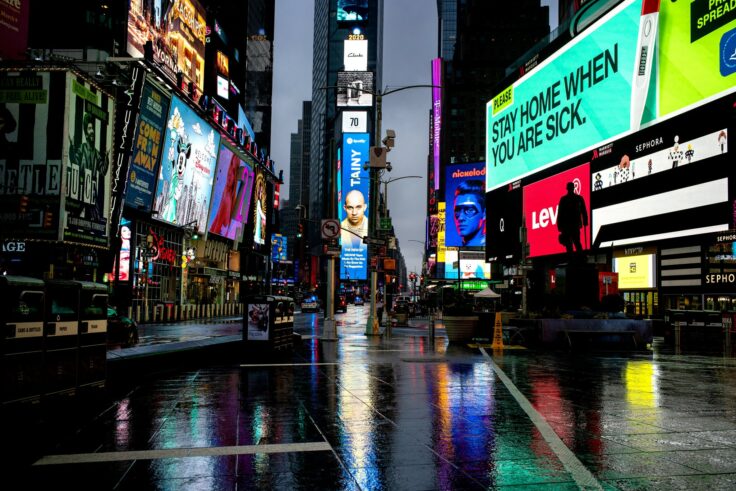Have you ever tried to imagine how Times Square would look like if it were deserted? Paris’s Trocadéro? Rome’s Spanish steps? Florida’s beaches? What seemed like an unfathomable thought just a month ago has now become our reality.
From Sao Paulo to Sydney and New Delhi, Tokyo to Beijing, cities across the world have turned into ghost towns because of Coronavirus—the once-in-a-century pandemic that is threatening both our health and economies.
Street photographers have traditionally looked for chaos in street-life. But right now, it is the unexpected serenity of desolation that they are looking towards.
Commissioned by The New York Times, a myriad of international photographers have shot breath-taking scenes of silence, in spots habitually known for their buzzing tumult. Although the pictures seem off at first; they’re somewhat philosophical in their peaceful resonance.
Could this void we are suddenly confronted with be the wake up call we all needed? For years, capitalism has taught us that we must constantly do more, want more— that we must constantly accelerate. But this idea has caused more harm than good. In the pursuit of constant growth and capital, societies are scarifying lives and destroying Earth.
New data has recently confirmed that lockdowns in Europe are improving the air quality. And for those stuck at home, it seems like many are relearning the value of time spent with family and redefining what success should really mean to them.
Could emptiness be what makes our lives more fulfilled? Maybe. For now, take a look at these surreal photos of the world’s deserted cities during quarantine.
Paris
 Andrea Mantovani for The New York Times
Andrea Mantovani for The New York Times
Tehran
 Arash Khamooshi for The New York Times
Arash Khamooshi for The New York Times
Indonesia
 Ulet Ifansasti for The New York Times
Ulet Ifansasti for The New York Times
New York
 Todd Heisler for The New York Times
Todd Heisler for The New York Times
Hong Kong
 Lam Yik Fei for The New York Times
Lam Yik Fei for The New York Times
Tokyo
 Noriko Hayashi for The New York Times
Noriko Hayashi for The New York Times
New Delhi
 Saumya Khandelwal for The New York Times
Saumya Khandelwal for The New York Times
Rome
 Alessandro Penso for The New York Times
Alessandro Penso for The New York Times
Los Angeles
 Philip Cheung for The New York Times
Philip Cheung for The New York Times
Barcelona
 Maria Contreras Coll for The New York Times
Maria Contreras Coll for The New York Times









